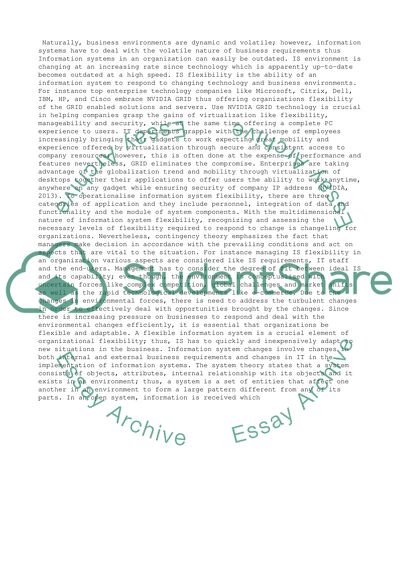Cite this document
(“Management issue Essay Example | Topics and Well Written Essays - 1500 words”, n.d.)
Management issue Essay Example | Topics and Well Written Essays - 1500 words. Retrieved from https://studentshare.org/management/1475318-management-issue
Management issue Essay Example | Topics and Well Written Essays - 1500 words. Retrieved from https://studentshare.org/management/1475318-management-issue
(Management Issue Essay Example | Topics and Well Written Essays - 1500 Words)
Management Issue Essay Example | Topics and Well Written Essays - 1500 Words. https://studentshare.org/management/1475318-management-issue.
Management Issue Essay Example | Topics and Well Written Essays - 1500 Words. https://studentshare.org/management/1475318-management-issue.
“Management Issue Essay Example | Topics and Well Written Essays - 1500 Words”, n.d. https://studentshare.org/management/1475318-management-issue.


